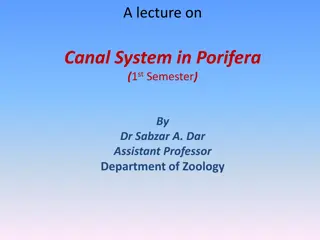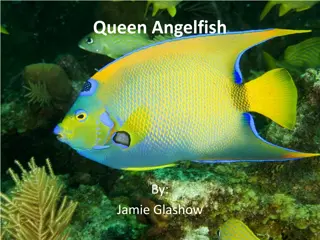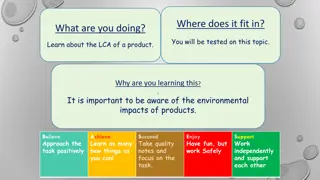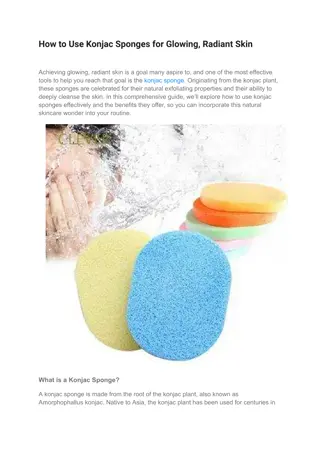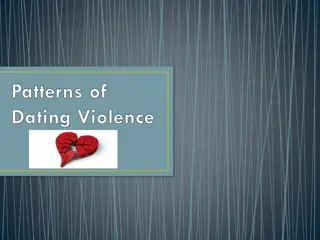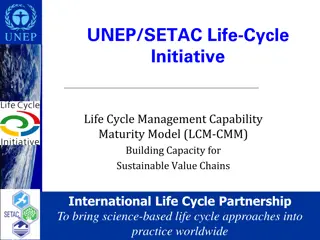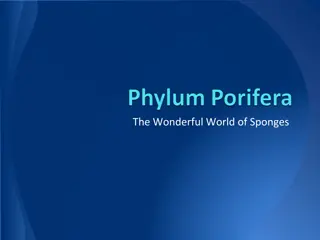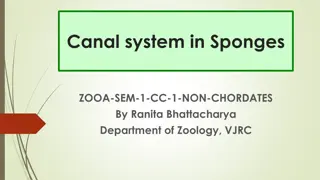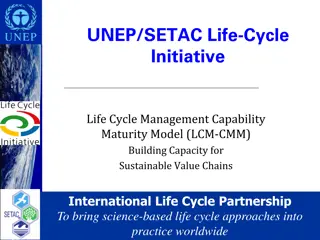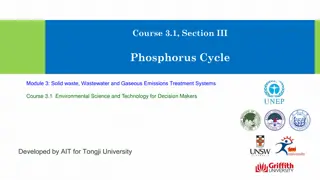Insights into the Behavior and Life Cycle of Sponges
Sponges exhibit unique behavior characteristics both externally and internally. They are sedentary organisms with cylindrical bodies that can be soft or hard, flexible or brittle. Sponges reproduce via sexual and asexual methods, and go through a life cycle from larvae to adulthood. Their reproduction is influenced by environmental factors. Various types of sponges exist in the phyla Porifera, showcasing fascinating adaptations for survival.
Download Presentation

Please find below an Image/Link to download the presentation.
The content on the website is provided AS IS for your information and personal use only. It may not be sold, licensed, or shared on other websites without obtaining consent from the author. Download presentation by click this link. If you encounter any issues during the download, it is possible that the publisher has removed the file from their server.
E N D
Presentation Transcript
Behavior of sponges By Nick Johnson, co- authored by Audrey Keune
External behavior characteristics 1. Sedentary 2. Cylindrical body form 3. Rooted or anchored in place 4. Pump water through its tube like form 5. Can be soft or hard , flexible or brittle 6. Can be a variety of colors for camoflage
Internal behavior characteristics 1. Multicellular organism 2. Can have Spicules for support 3. Can have spongin for support 4. Or both 5. Filter feed
reproduction sponges in the phyla porifera reproduce via sexual and asexual reproduction. They are neither male nor female. They can reproduce asexually by budding or by simply having a chunk break off and grow into a new sponge. Reproduction is thought be caused by stress, such as changes in temp and environment.
Life of a sponge In the life of a sponge, the sponge starts out as a larvae stage and swims around in search of a good place to anchor itself to. The place they anchor to then becomes their permenant home. They then begin to feed and grow into their adult stage, and start the cycle all over again.
Work cited http://animals.jrank.org/pages/1454/Sponges-Porifera.html http://www.mbari.org/scientists-discover-extraordinary-new-carnivorous- sponge/ akeune@bgsu.edu




